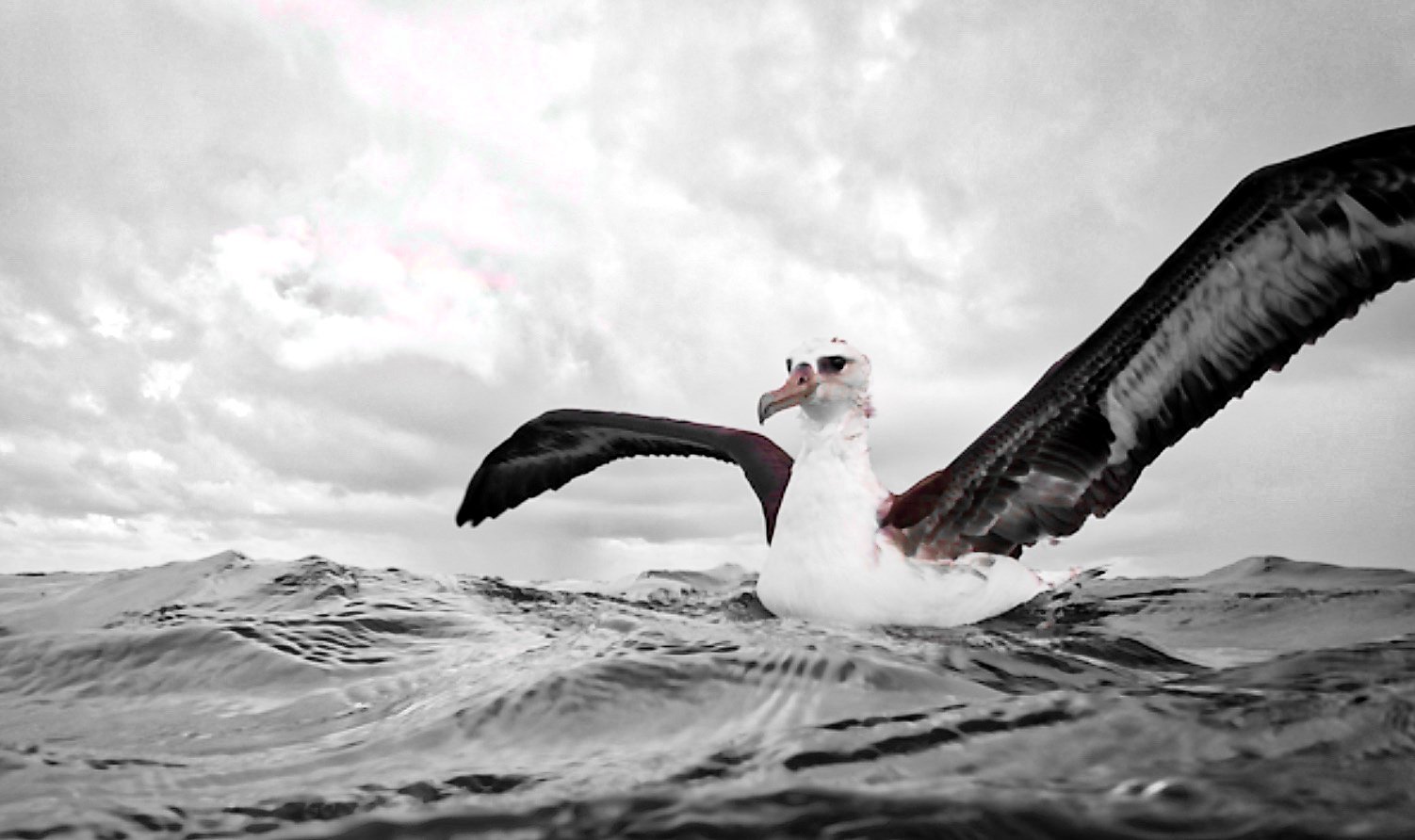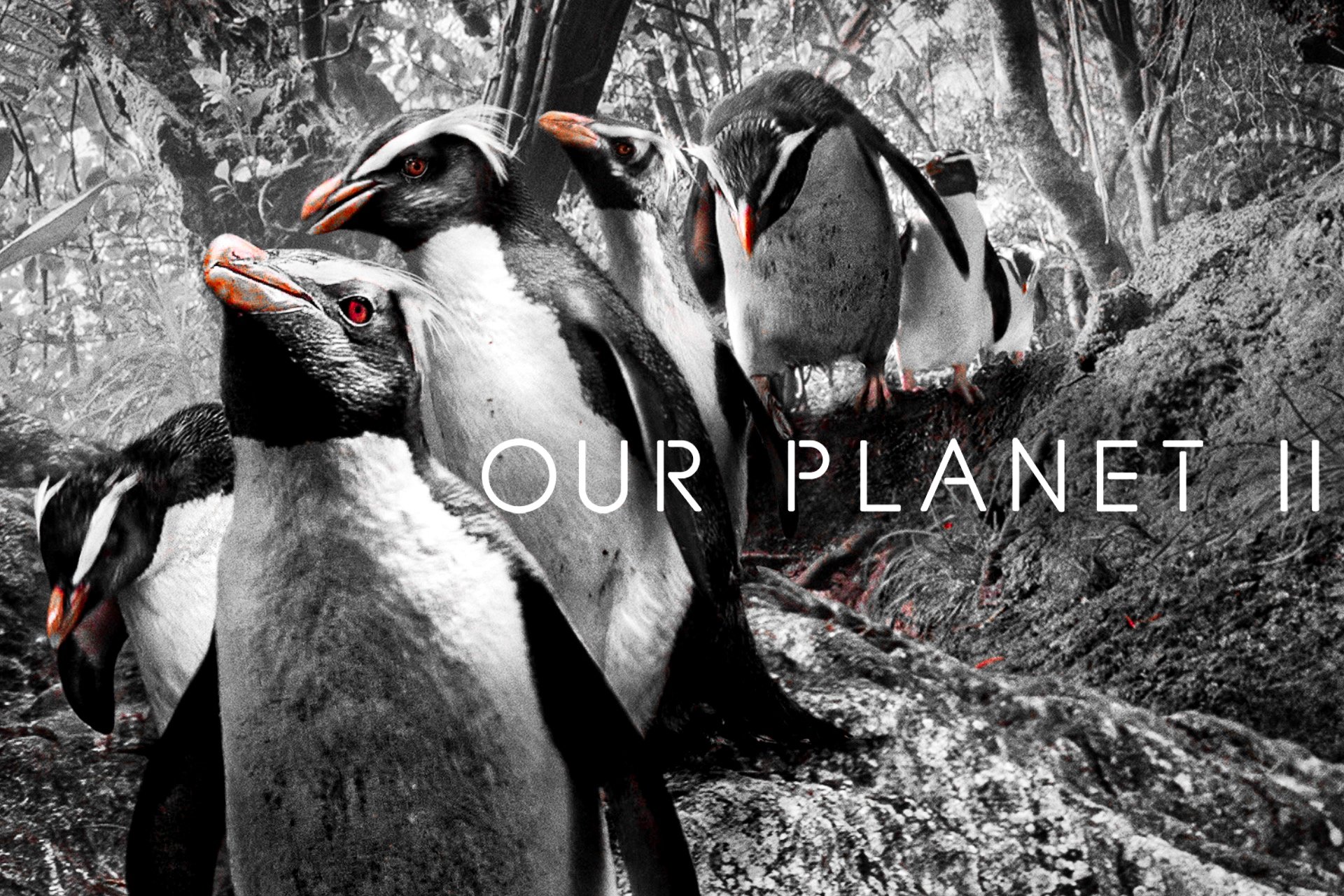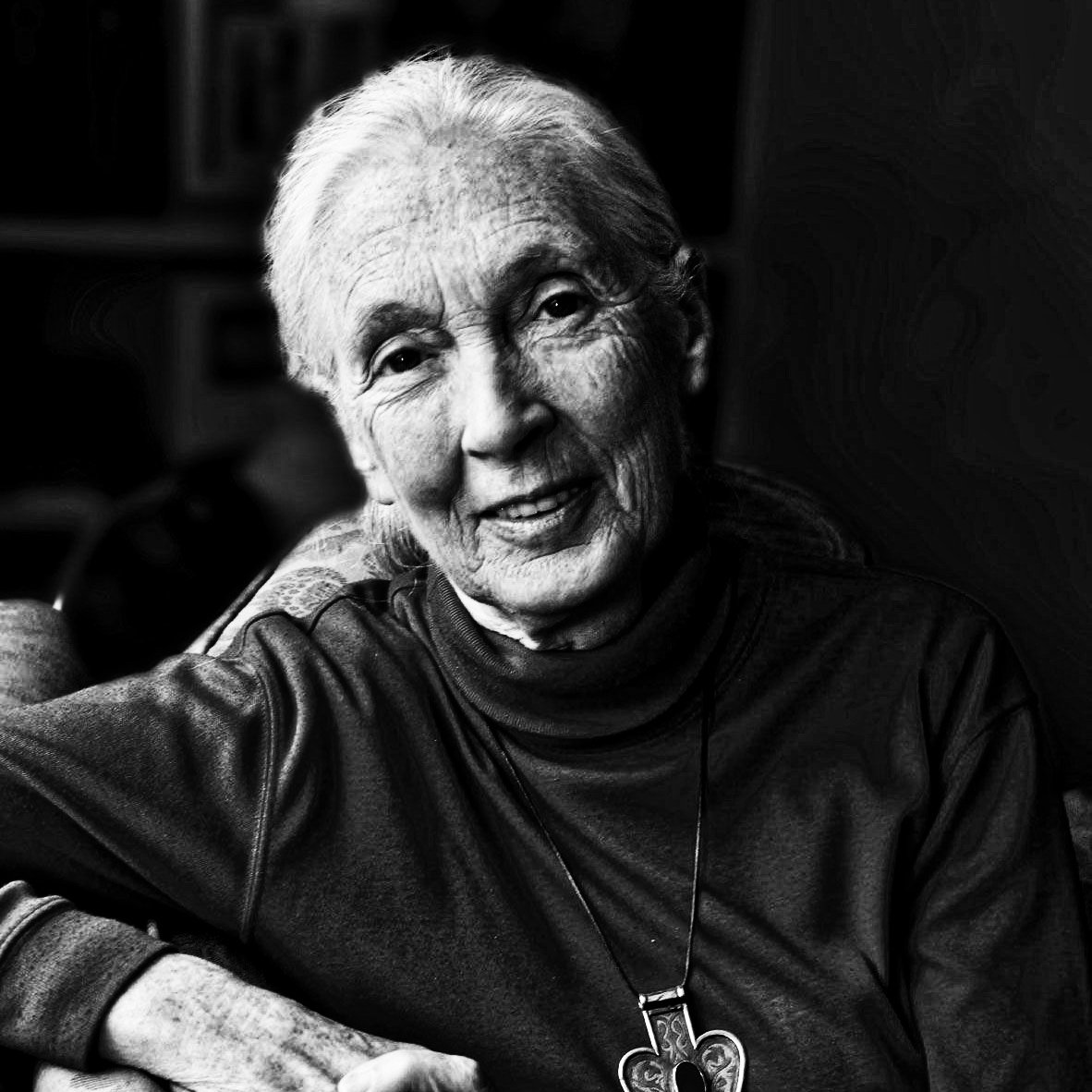Our Planet II’s eye-filling, emotionally grueling third hour hints, if only briefly, at a better, more humane future
There are any number of emotionally wrenching moments in The Next Generation, Our Planet II’s third and most profound hour in the series so far. Those moments include a sea of red crabs on remote Christmas Island fleeing their suddenly cannibalistic mothers; a year-old puma in the rugged steppes of Patagonia, the southernmost tip of the Americas, struggling to survive on his own after leaving the safety of his family; and a mass migration of hatchling olive ridley turtles on Escobilia Beach, Mexico making their inaugural pilgrimage to the sea — a pilgrimage which fewer than 50% will survive.
It is two sequences, though, toward the end of the episode, that lend the entire series its perspective, for good and bad. In the first, elevated by some truly astonishing cinematography, a flock of some 400 demoiselle cranes, native to Mongolia and northeast China, embark on one of the most grueling migrations known to science, as they cross the Himalayan mountains to reach their wintering grounds in India — a journey in which many die from exhaustion, hunger and predation from golden eagles.
There are safer, less arduous ways to cross the world’s most imposing mountain range as the cranes, flying with their distinctive heads and necks straight forward and their feet and legs trailing behind, reach altitudes as high as 8,000 meters — Mt. Everest is 8,800 meters — but their traditional migratory route has been hard-wired by 45 million of years of evolutionary biology. When the cranes first started migrating, the Himalayas did not yet exist.
As a species., the demoiselle crane is not endangered — yet — but it is one of the animal species to which the United Nations Environment Programme Agreement on Conservation of African-Eurasian Migratory Waterbirds applies, and when one witnesses the sheer effort of their Himalayan ordeal, it’s easy to see why.
Our Planet II is full of cautionary flags about what we’re doing to the
environment, but the demoiselle crane’s story has a unique and uplifting twist.
Villagers in Khichan, in Rajasthan state in northwestern India, feed and protect the cranes on their annual migration, in a ritual that has made these annual bird congregations a renowned, headline-making spectacle. Fifteen thousand cranes now visit Khichan every year. It is a rare example of people working together to make the world a better place for their natural brethren, a signpost to a better, more humane, more sustainable future.
It is the final sequence in the hour, though, in which Our Planet II’s makers follow a family of wild Asian elephants on a two-year journey in Yunnan province, China from their drought-stricken tropical forest home deep into the heart of human habitation — during the 2020 Covid pandemic, no less — that is both harrowing and strangely heartening.
A newborn calf has to move with his herd virtually from birth, and his struggle is near unforgettable. In this changing world, David Attenborough reminds us, animals need our help more than ever. The family’s story made international headlines, and a fundraising campaign raised the financial resources to shepherd the elephants from the city of Kunming — pop. 6.6 million — back to their forest home, now recovered from the drought from two years earlier.
Today’s nature programs tend to be manipulative and somewhat cynical in their headlong rush for viewers. The Next Generation ends with a cliffhanger, which seems unnecessary for a high-minded Attenborough drama, but there is a larger, more meaningful purpose at work here than there is in the usual tooth-’n-claws rollercoaster rides. Our Planet II is worth seeing in its entirety, but at the end of it all, it will be these quiet, uplifting moments that stay in the memory.
Next: a look at the final hour, Freedom to Roam.









